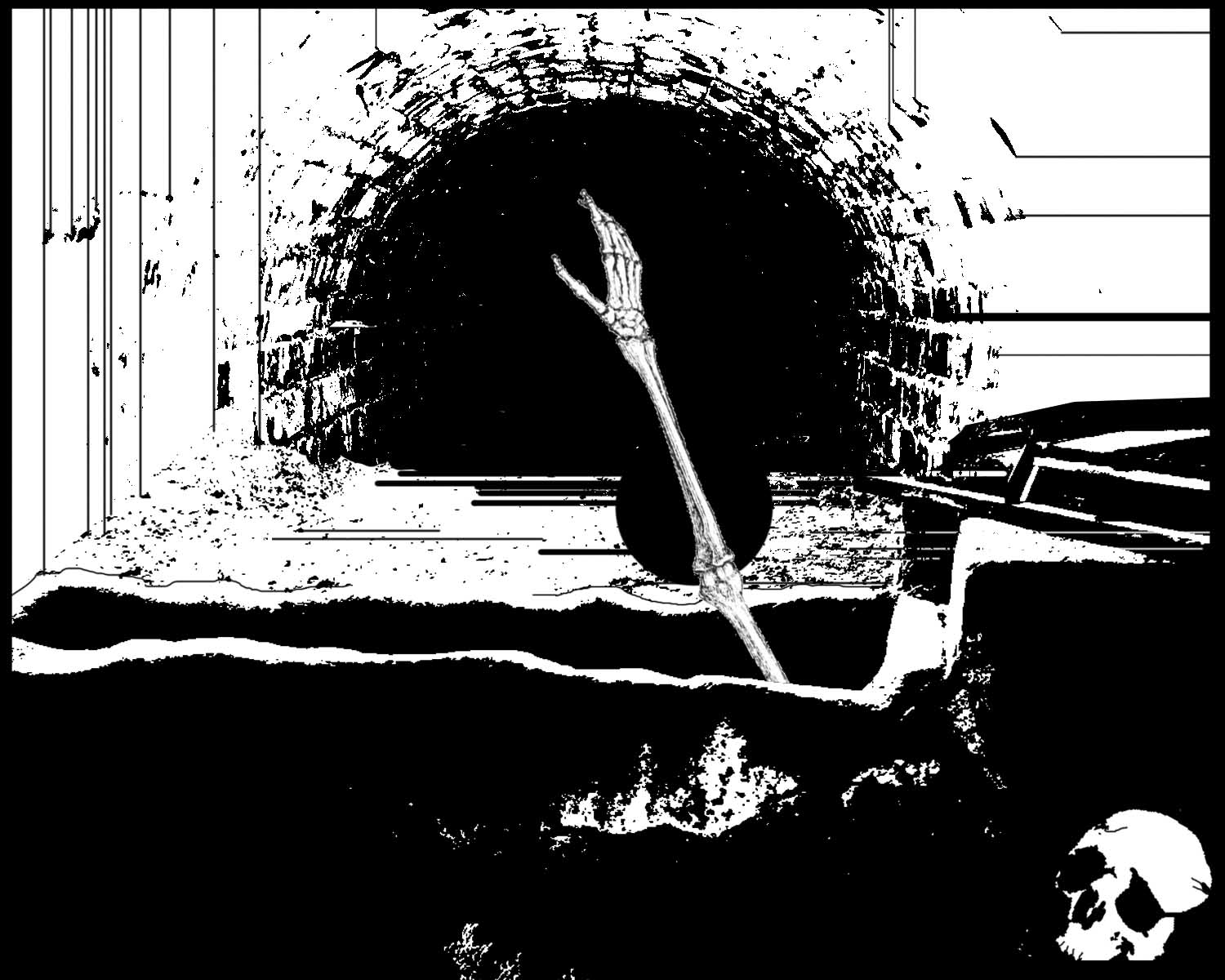Animation has always been one of my favourite parts of the film industry. You can see life behind every single character’s eyes, despite these characters never being alive to begin with.
I think animation in movies is so deeply intimate and special because you can feel the time, effort, and craft it took to infuse life into the characters and world of these animated films.
By watching animated films throughout my life, I have come to one conclusion — animation is less driven by profit and more by a passion for the craft. I see film studios trying to remake animated films in live action, and I can never stop from feeling disappointed when I see the results.
The Little Mermaid, produced by Disney in 1989, was a box office success. It became a world-renowned classic that has been treasured and rewatched over and over again, decade after decade.
In 2023, Disney released the live-action The Little Mermaid, with many people running to the movies to rewatch this classic. I also flocked to the box office on opening day to rewatch the film that was pivotal to my childhood, hoping to relive some of that childhood nostalgia, despite never being a huge Disney fan. As I watched, I found myself feeling like this was not the movie I signed up for. Although I appreciated that Ariel and Eric’s bond had a more detailed backstory than just meeting each other on a beach and falling in love, the movie seemed to neglect some of the key points that made the original a classic.
In my opinion, this movie lacked the musical elements that made this film so intriguing and captivating to begin with. In the live-action movie, when Ariel and Sebastian are singing “Under the Sea,” there are no backup singers like the original had. There are also no animals playing instruments which made the song highly catchy when it premiered on screen in 1989.
The live action neglected the musicality and small elements that made this movie ultimately a Disney classic, and what makes it so memorable.
We see this taking place with other animated films like How to Train Your Dragon being reproduced into live-action films. This begs the question — why do production companies feel the need to reproduce these classic animations into live action?
In my opinion, these beautiful, animated films are being made into live action either because production companies believe they can improve the original plot or change certain aspects of the plot to suit modern audiences. There’s so much soul within animated films, despite no real people being seen. The people creating these films infuse their souls and emotions into these characters that make up the world of animation.
Animated films are often viewed as being made for children, but everyone can benefit from the stories that animation tells. Animation is more than just a form of entertainment; it’s a form of art. It shows emotions in their purest form.
We see ourselves and relate to complex characters within animation that are sometimes harder to portray in live action, as these emotions are in their rawest form within a character created from inspiration.
The emotions of loss, regret, humour, joy, sadness and disgust can be seen within the creation of characters that represent human emotion.
I assume we all sometimes dream of superpowers, different worlds, robots, or mythical beings — and I think animated films bring us closer to that escape. They invoke emotions from childhood — a time when we were encouraged to dream big.
I think with animation studios, it’s less about making money and more about the quality of the film. Movies like The Lorax, Soul, How to Train Your Dragon and Fantastic Mr. Fox, all have human emotion and just a little bit of ‘magic’ behind them, which makes all these films classics and memorable.
I have always believed that animated movies are some of the most impactful and inspirational forms of media there are to watch — that every animated film is created with the intent to inspire someone, somewhere.





